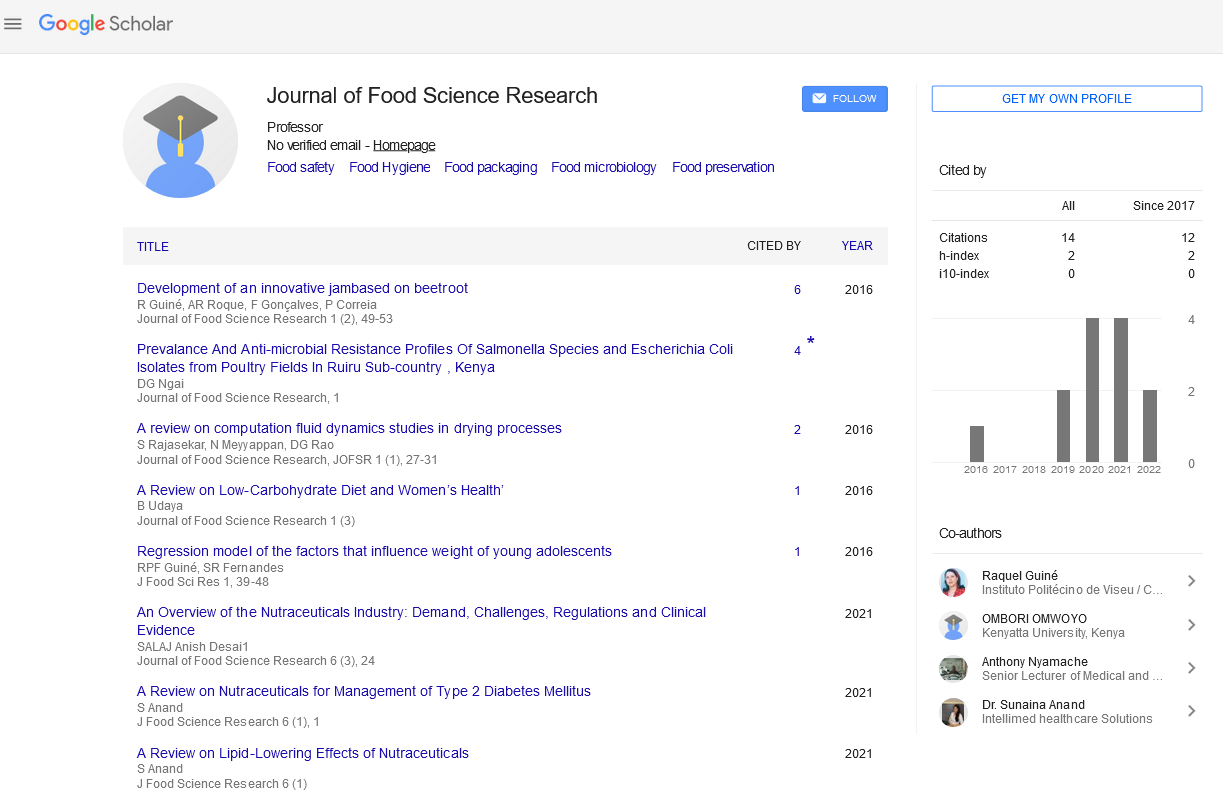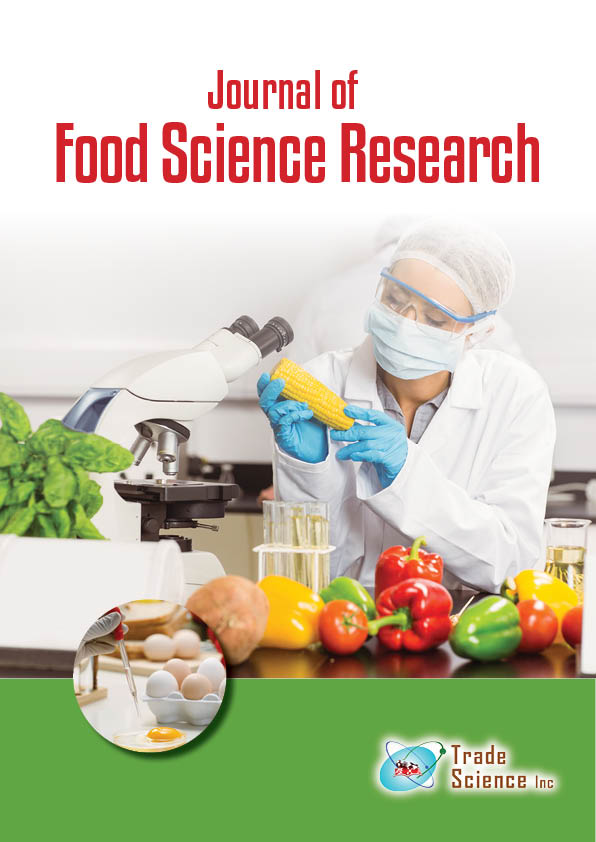Short communication
, Volume: 6( 3)A novel approach to antibiotics and antifungals: Testing the effectiveness of Azadirachta indica extracts
Saket Myneni
Westwood High School, USA
Abstract
Azadirachta indica (neem) extracts have proven themselves to be a promising tool because they are natural and don’t cause the harmful side effects of most artificial substances. Preliminary research has shown that certain natural substances can be used without the fear of a new resistant strain developing. Current treatments are plagued by artificial substances that can have harmful side effects to the body and may not be effective for multiple uses. Thus, this project aims to determine the effectiveness of natural substances as antibacterial and antifungal. Early research suggested that the neem oil would be the most effective extract because it would envelop the bacteria and fungi. Cultures of bacteria, specifically Staphylococcus epidermidis and Serratia marcescens, and cultures of fungi, specifically Aspergillus niger and Saccharomyces cerevisiae, were cultured and placed in separate plates. Zones of inhibitions were created using neem leaf extract, neem soap, neem oil, a water control and antibacterial soap control disks. The diameters of the zones where growth has stopped were compared using statistical significance tests to see if any of the natural extracts were more effective than the controls. The zones that were significantly different from the controls’ zones were compared amongst each other to see if one extract was more effective than the other. This analysis has shown that the natural substances are extremely effective and significantly stronger than antibiotic and antifungal substances and the artificial substances in the soap. The remainder of the plate was then considered to be the pool of potential resistant strands. Thus repetitions were completed with each of the treatments. Since the growth was still inhibited without resistance, it became apparent that the neem extracts could have many practical purposes in treatments of infections. Given that only a few trials were completed, the experiment would have to be completed with more trials to prove the consistent effectiveness.
Abstract
Introduction:
The study aimed at detecting the antibacterial and antifungal activity of neem and clove extract against Streptococcus mutans and Candida albicans. There is increasing interest to develop antimicrobial aids from alternative sources such as medicinal plants for the treatment of infectious diseases. Neem and clove are known to have antimicrobial properties. Increasing disease incidence and economic considerations for alternative treatment and prevention options for safe, effective, and economical way of control of diseases in developing countries.2 In addition, because prolonged use of antibiotics creates microbial resistance and exposes those immunocompromised to a variety of opportunistic infections. New drug molecules are therefore urgently needed.
Neem tree is also known as Azadirachta indica belongs to botanic family Meliaceae and is commonly referred to as “Village Dispensary.” Different parts of neem have been used for their various pharmacological activities such as antioxidant, antimutagenic, anti-inflammatory, anticarcinogenic, antidiabetic properties.Neem is known to inhibit the bacterial adhesion to saliva-conditioned hydroxyapatite, a composite of bone and enamel. Neem extract also inhibited insoluble glucan synthesis, thereby reducing the adherence of streptococci to tooth surfaces. Azadirachtin, Terpenoid chief constituent of neem, is mainly responsible for the antibacterial properties of neem.Antibacterial activity of neem extract of varying concentration has been assessed using disc diffusion method and measuring zone of inhibition which displayed variable results in the previously reported literature.
Conclusion:
MIC of neem extract was found to be 4.2 mg/ml and 5.0 mg/ml against S. mutans and C. albicans, respectively. While for cloves, it was same for both. Neem had the highest antibacterial activity with a mean zone of inhibition of 11.4 mm followed by chlorhexidine and cloves whereas antifungal activity was highest for chlorhexidine followed by neem and clov MIC of neem was more for Candida as compared to S. mutans MIC of the clove was equal against both the test organisms. Neem had the highest antibacterial activity against S. mutans with a mean zone of inhibition of followed by chlorhexidine and Cloves and the difference was found statistically significant .Post hoc test revealed that the antibacterial activity of the chlorhexidine and neem extract was comparable, but a significant difference was found between the antibacterial activity of clove and neem as well as clove and chlorhexidine.

